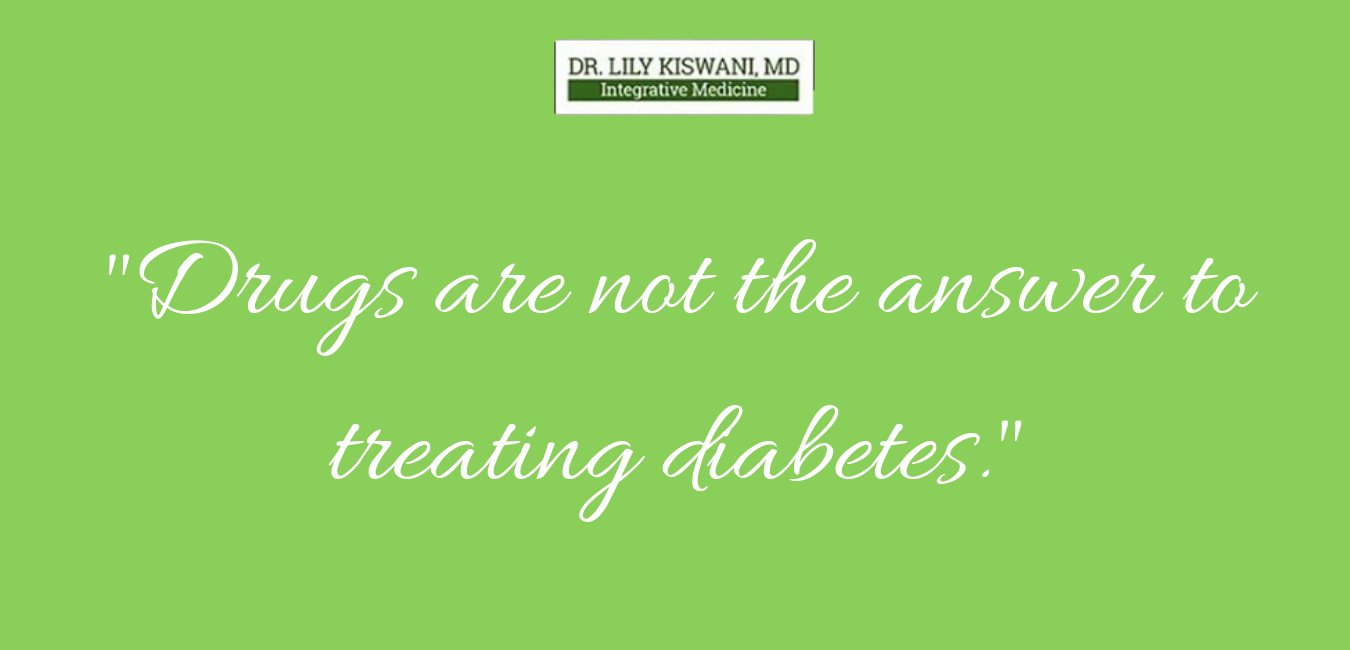When you’re low in protein, your system knows it needs energy, and you crave foods that will give you fuel fast. Unfortunately, those high-sugar impact foods that you’re in the mood for, will only raise your blood sugar and trigger an insulin response, which shuts off fat burning.
Instead of reaching for a cookie, fill up on a handful of almonds or a yogurt, that way you’ll curb cravings for sweets by giving your body the kind of sustained energy it really needs.
2. Make sure you have a protein-rich breakfast.
One study found that a high-protein breakfast suppresses ghrelin, your hunger hormone, far better than a high-carbohydrate breakfast. Another study found a moderate- or high-protein breakfast curbed cravings in overweight and obese young people. Instead of having a carbohydrate-rich breakfast like cereal that will leave you hungry a couple of hours later, try a protein shake that will keep you full and focused for much longer.
3. You should have a sufficient amount of protein in all of your meals.
How much protein should you consume daily to get those crave-crushing benefits? One meta-analysis concluded 25 – 30 grams of protein at each meal benefits weight loss, appetite and other health factors. Based on my three decades working as a nutritionist, I’ve found the average woman should get 75– 80 grams daily, whereas most men should get 100– 120 grams of protein a day.
These numbers aren’t set in stone. Your weight and body composition will influence the amount of protein you need. Those needs increase if you’re under stress, if you’re healing or if you’re doing some heavy resistance training.
4. Find the right protein sources for your diet.
The best sources of protein include high-quality animal protein, including grass-fed beef, free-range chicken, wild-caught low-mercury fish and (if you’re not intolerant) eggs.
Vegans and vegetarians sometimes find meeting their protein quota challenging, and supplementation ma be helpful in addition to plant-based high-protein foods like quinoa, legumes and nuts and seeds.
Whether you’re short on time or don’t have much of an appetite, a shake becomes the perfect higher-protein breakfast that takes minutes to prepare, but keeps you full, focused and crave-free for hours. Those are among the reasons I call a protein shake my number one needle mover for fast, lasting fat loss.
5. Make sure you’re not rushing through meals.
Even if you’re eating enough protein, you may not be assimilating it well. Speed eating, drinking too much fluid with your meals, not chewing enough, or low stomach acid (including if you take acid blockers) can all interfere with absorption. Low stomach acid becomes a real concern if you’re over 30 or under stress, which includes most of us.
Your goal, then, becomes eating enough protein but also digesting it well.
Do you know how much protein you’re consuming at meals? Do you find eating a higher-protein diet keeps you full longer or otherwise benefits you? Share your thoughts below.
From
And Stay Healthy.

